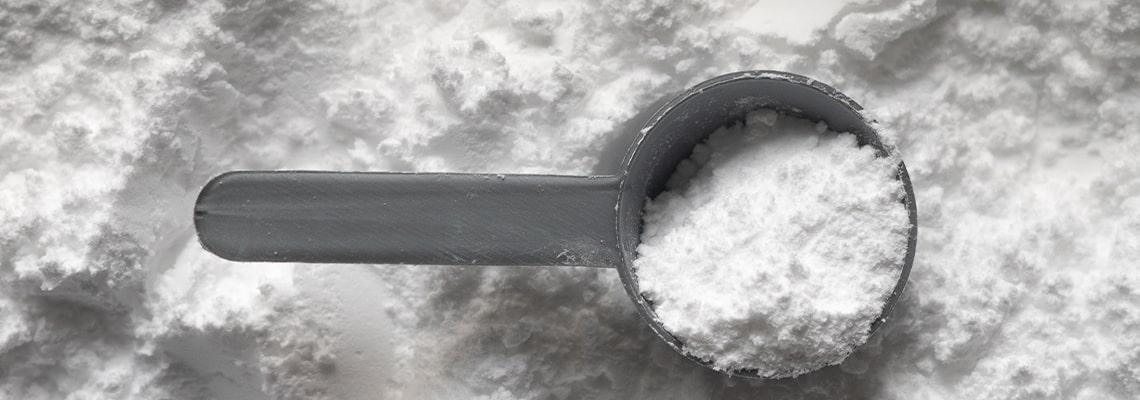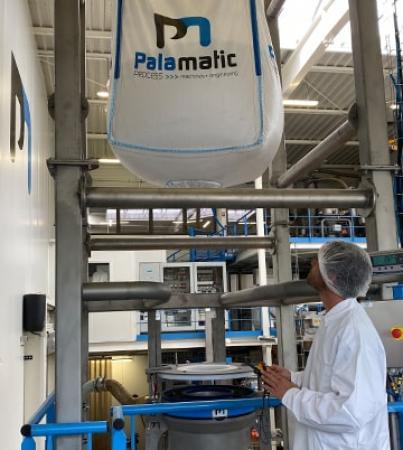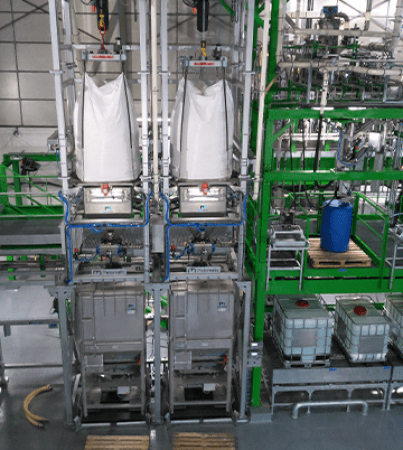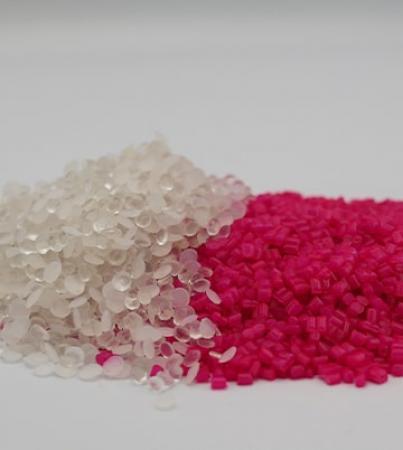1. Main characteristics of titanium dioxide
Titanium dioxide, or titanium oxide, is an assembly of oxygen and titanium (formula TiO2 or dye E171). In the industrial environment, it results from two processes: the "sulphate process" giving rise to the anatase form of titanium dioxide and the "chlorine process" giving rise to the rutile form of titanium dioxide.
Reputed to be a bright white compound, TiO2 takes on the appearance of a colorless to white crystalline powder. It is one of the most widely used dyes by industrialists today.
Its density is 0.77 g/cm³, or 3.9-4.3 g/cm³.
2. Main applications of titanium dioxide
Titanium dioxide is widely used in paint as a pigment, since it represents about 70% of the world’s production of pigments (source INRS).
However, it can also be used as a substance for plastics, pharmaceuticals, cosmetics (sunscreen in particular), food (confectionery, cheese, chewing gum, pastry), paper or construction.
Commonly used as a whitener across several industries, it also is used as a preservative for foods and protection from potential external alterations. Also, for the past two decades this powder has been known for its ultraviolet ray absorption properties and is used in the form of nanometric powder.

3. Industrial handling of titanium dioxide
Titanium dioxide is insoluble in water, ethanol and other organic solvents and presents challenges when it comes to handling.
The material can be sometimes considered as "greasy" and sticky. It can easily form lumps which presents difficult flow properties. The difficult flow characteristics require customized options to assist in its proper extraction. Fluidization is an option to increase the flowability of titanium dioxide. Its sticky aspect should be taken into account in the design of production lines by choosing to dedicate equipment to titanium dioxide (creation of dedicated lines).
Because of its irritating nature (especially in the eyes and respiratory tract), it is important to ensure operator safety on your production line if you handle titanium dioxide.
4. Titanium dioxide applications with Palamatic Process equipment
Because titanium dioxide is a potential health hazard, it is essential to pay attention to the means used for its treatment and industrial storage.
Depending on the desired production volumes, titanium dioxide can be packaged in several types of containers including paper bags, polypropylene boxes, metal drums or silos.
To avoid any risk, the titanium dioxide powder should be stored in a dry and ventilated place. Palamatic Process offers several dust collection systems located according to your needs.
Screw conveyors can be attached to the storage tank thanks to a BFM connection sleeve ensuring dust tightness.
Equipment in a confined atmosphere, controlled remotely with the Pal'Touch® automaton is generally recommended for the handling of titanium dioxide powder.
5. Palamatic Process customer applications with titanium dioxide
Palamatic Process has extensive experience in the handling of titanium dioxide. Different installations at our customers' locations testify to our know-how for this type of powder:
- An unloading system confined by suction cane
- A unit for raw material deconditioning, masterbatch preparation and incorporation on an extruder line
- A big bag emptying station with a capacity of 1000 kg to be loaded into a storage tank
If you handle titanium dioxide in your process, our powder experts are at your disposal to study your project and characterize your powder.

















